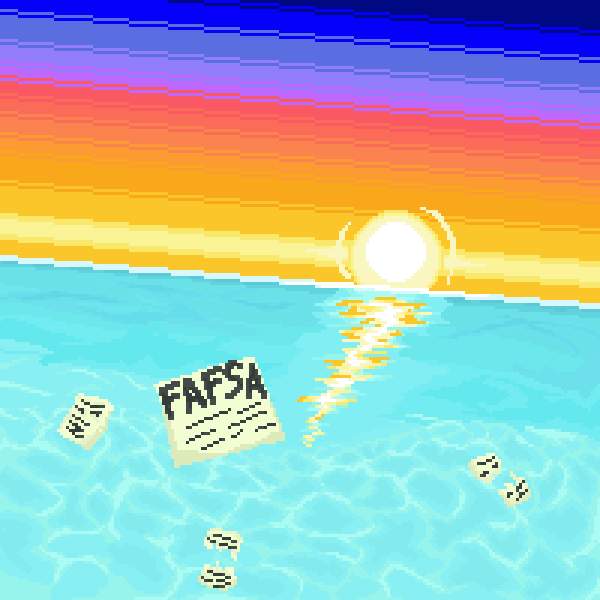California drought worsening by the day
Three main water reservoirs in California – Trinity Lake, Lake Oroville and Shasta Lake – are at their lowest capacities of around 30% since 1977. 59% is the average capacity in most reservoirs of the state according to the Los Angeles Times.
The state’s largest reservoir, Shasta Lake, reached 36% capacity in July. However, during the week of Aug. 21, the capacity of the reservoir was at 31%, water at about 4.5-million-acre-feet, according to Los Angeles Times.California is experiencing a historic drought that keeps worsening.
“A lot of people have been talking about the drought, but I don’t actually know of anyone who has started conserving water or helping the the environment at all, actually,” freshman Danielle Yang said.
Scientists from Stanford University linked the drought to atmospheric conditions that began from climate change created by humans. According to the Los Angeles Times, water reservoirs are not gaining much water and rainfall is irregular. The Los Angeles Times also stated that previous flooding in Brentwood caused the loss of millions of gallons of water.
Large emissions of carbon dioxide and several other greenhouse gasses maybe have initially caused the drought. However, some scientists doubt Stanford scientists’ claim of the relationship between greenhouse gases and the drought.
The government also faces issues as state regulators, according to the Orange County Register, have approved a $500 fine to anyone wasting water. Scientists filed a report from UC Davis that it would be a loss of $2.2 billion to the citizens of California in 2014.
Over 80% of the state lies in extreme drought, announced by the U.S. Drought Monitor, and the position of California’s climate is not expected to aid the situation, according to the Los Angeles Times.
According to the U.S. Drought Map, on the week of Aug. 21, 97.5% of the state fell under the drought categorization of “severe.” This was the third harshest on a five-level scale in categorizing droughts, according to Los Angeles Times. Farmers in the Central Valley are going through the worst caused by the drought, while small agricultural areas of Southern California near urban areas are not as affected, according to the OC Register.
Orange County Register stated that Congress stalled the federal drought release legislation. The legislation would have allowed the Sacramento Delta to point south with more increased flows. Losses from crops would harm the state’s economy as it would cost farmers $6.3 million, while it would cost Southern California $10 million to pump groundwater, says reporters from the OC Register. There is a 67% possibility that an El Nino – the Pacific Ocean warming working with atmosphere changes might create rainfall – may create relief to the drought, scientists told the LA Times. However, the chance that it would be able to create enough rain to benefit the area is very unlikely.
According to Los Angeles Times, the Science Journal stated the western United States has experienced a loss of 63 trillion gallons of groundwater since 2013.
“I could definitely feel how much more dry the climate is now compared to a couple years ago,” junior Sean Hoffman said. “I hope people start saving as much water as they can, because we’re in a dangerous position.”
Your donation will support the student journalists of Woodbridge High School. Your contribution will allow us to purchase equipment and cover our annual website hosting costs.





